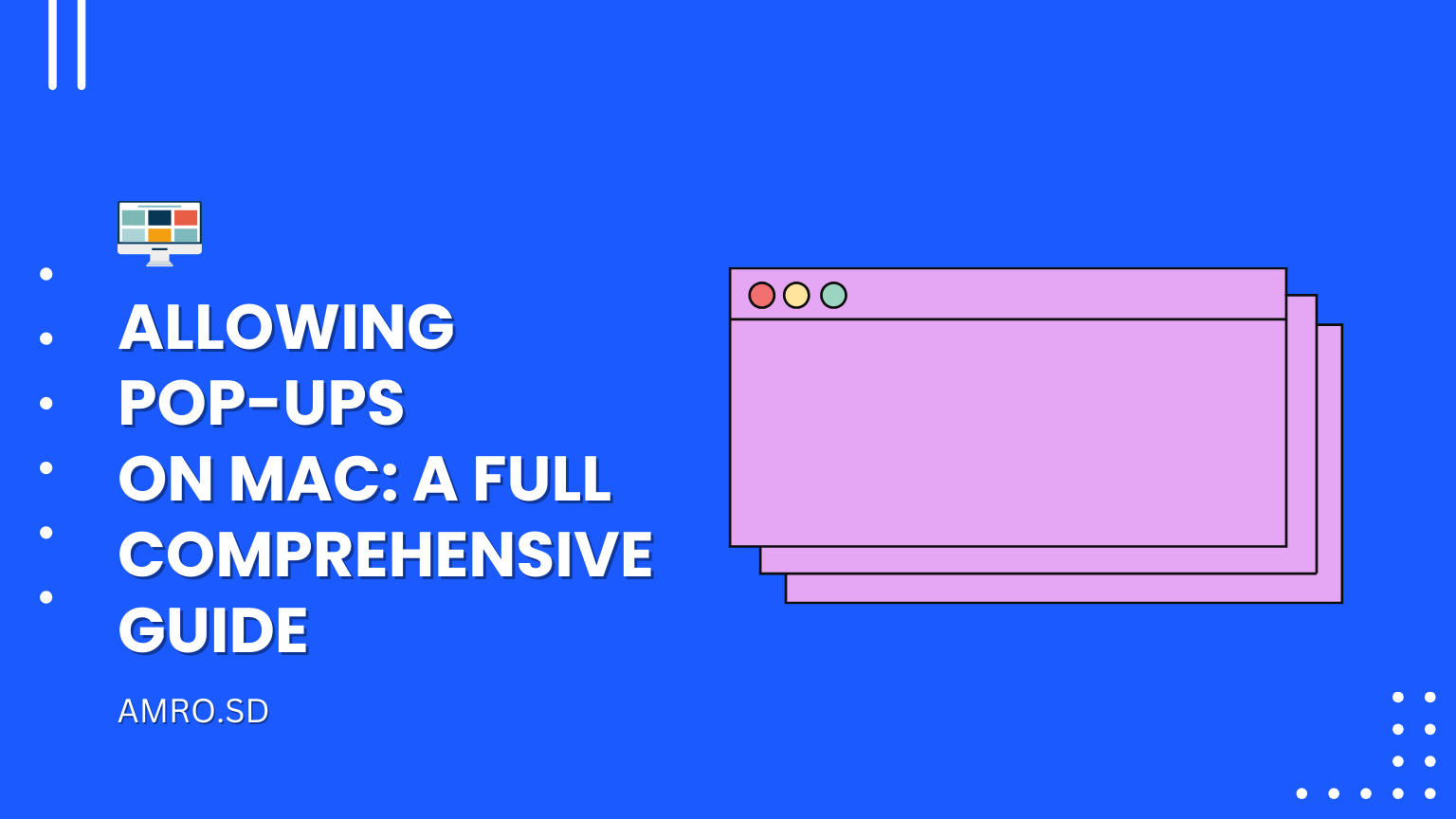As the digital landscape continues to evolve, having a website that is optimized for search engines has become crucial for businesses of all sizes. A well-designed website that is SEO-friendly can significantly improve your online visibility, driving more organic traffic and potential customers to your site. In this blog post, we will share 10 essential tips for designing an SEO-friendly website, backed by data from Ahrefs, a leading SEO tool, to help you improve your website’s search engine rankings and boost your online presence.
Table of Contents
ToggleTip 1: Conduct Keyword Research Keyword research is the foundation of any successful SEO strategy.
Start by identifying relevant keywords and phrases that your target audience is searching for. Use tools like Ahrefs to find popular keywords with high search volumes and low competition. Incorporate these keywords strategically in your website’s content, meta tags, headings, and URLs to improve your website’s visibility in search results.
Tip 2: Optimize Your Website’s URL Structure A well-structured URL can enhance your website’s SEO.
Use descriptive and keyword-rich URLs that are easy to understand for both users and search engines. Avoid using generic or randomly generated URLs. Instead, include relevant keywords and organize your URLs in a logical manner to improve your website’s crawl ability and indexability.
Tip 3: Create High-Quality and Relevant Content Content is king in the world of SEO.
Create high-quality, unique, and relevant content that provides value to your users. Incorporate your target keywords naturally into your content, headings, and meta tags. Avoid keyword stuffing, as it can harm your website’s SEO. Regularly update your content and keep it fresh and engaging to attract and retain visitors, and increase your website’s authority in search engines.
Tip 4: Optimize Your Website’s Metadata Metadata, including title tags and meta descriptions, plays a crucial role in optimizing your website for search engines.
Use descriptive and keyword-rich title tags that accurately reflect the content of your web pages. Limit your title tags to 60 characters or less for optimal display in search results. Similarly, craft compelling meta descriptions that include your focus keyword and provide a concise summary of your web page’s content. Limit your meta descriptions to 155 characters or less for maximum impact.
Tip 5: Optimize Your Website’s Images Images are an important part of website design, but they can also impact your website’s SEO.
Optimize your website’s images by compressing them to reduce their file size without compromising quality. Use descriptive filenames and alt text for your images, incorporating relevant keywords where appropriate. This can improve your website’s accessibility, user experience, and search engine rankings.
Check This How to Become a Web Designer in 7 Steps and Build a Successful Career
Tip 6: Ensure Responsive Design With the increasing use of mobile devices to access the internet, having a responsive design has become crucial for SEO.
Ensure that your website is mobile-friendly and responsive, meaning it adapts seamlessly to different screen sizes and devices. A responsive design improves your website’s user experience, reduces bounce rates, and boosts your SEO performance, as search engines prioritize mobile-friendly websites.
Tip 7: Use Header Tags Properly Header tags (H1, H2, H3, etc.) are used to structure the content on your web pages.
Properly using header tags can improve your website’s SEO. Use H1 tags for your main page heading, and use H2, H3, and other header tags for subheadings and sections within your content. Incorporate relevant keywords in your header tags to help search engines understand the structure and hierarchy of your content. Well-structured header tags make your content more readable and accessible to both users and search engines.
Tip 8: Optimize Your Website’s Loading Speed Website loading speed is a crucial factor in user experience and SEO.
Slow-loading websites can lead to higher bounce rates and lower rankings in search results. Use tools like Google PageSpeed Insights or GTmetrix to analyze and optimize your website’s loading speed. Optimize your images, minimize CSS and JavaScript files, use browser caching, and choose a reliable web hosting provider to ensure fast loading times and better SEO performance.
Tip 9: Create a Sitemap A sitemap is a file that lists all the pages on your website and helps search engines understand your website’s structure.
Create an XML sitemap and submit it to search engines, such as Google and Bing, to improve your website’s crawl ability and indexability. A sitemap makes it easier for search engines to discover and index your web pages, resulting in better search engine rankings and visibility.
Tip 10: Build High-Quality Backlinks Backlinks, or inbound links, from other reputable websites can significantly impact your website’s SEO.
Focus on building high-quality, relevant, and authoritative backlinks from reputable websites in your industry. Avoid spammy or low-quality backlinks, as they can harm your website’s SEO. Build relationships with other websites in your niche, create valuable content that others want to link to, and leverage social media and content marketing strategies to earn quality backlinks.
Conclusion
designing an SEO-friendly website requires careful planning and implementation of various strategies. By conducting keyword research, optimizing your website’s URL structure, creating high-quality content, optimizing metadata and images, ensuring responsive design, using header tags properly, optimizing loading speed, creating a sitemap, and building high-quality backlinks, you can improve your website’s SEO and boost your online visibility.
If you need professional web design and SEO services, we offer expert solutions to help you optimize your website for search engines and improve your online presence. Contact us today to discuss how we can assist you in designing an SEO-friendly website that ranks high in search results and drives more organic traffic to your site.
With our professional web design and SEO services, you can create a website that is optimized for search engines and drives more organic traffic to your site. Contact us now to get started on designing an SEO-friendly website that helps you rank higher in search results and boosts your online visibility.
Frequently Asked Questions (FAQs) – 10 Tips for Designing an SEO-Friendly Website
- What is an SEO-friendly website?
An SEO-friendly website is designed and optimized in a way that makes it easy for search engines to crawl, index, and understand its content. It follows SEO best practices, such as having a clear URL structure, relevant keywords in the content, optimized metadata, responsive design, and fast loading speed. - Why is website structure important for SEO?
Website structure plays a crucial role in SEO as it helps search engines understand the hierarchy and organization of your content. A well-structured website with a clear URL structure, header tags, and organized content makes it easier for search engines to crawl, index, and rank your web pages. - How can I optimize my website’s loading speed for SEO?
Optimizing your website’s loading speed is important for SEO as slow-loading websites can negatively impact user experience and search engine rankings. To optimize the loading speed, you can compress images, minimize CSS and JavaScript files, use browser caching, choose a reliable web hosting provider, and eliminate unnecessary plugins or scripts. - Can I use any keywords on my website for SEO?
No, it’s important to conduct keyword research and use relevant and targeted keywords on your website for SEO. Keywords should be aligned with your content and reflect what your target audience is searching for. Using long-tail keywords, low-competition keywords, and incorporating keywords naturally in your content can help improve your website’s SEO. - How important are backlinks for SEO?
Backlinks, or inbound links from other websites, are important for SEO as they can improve your website’s authority, credibility, and visibility in search results. However, it’s crucial to focus on building high-quality, relevant, and authoritative backlinks from reputable websites in your niche. Avoid spammy or low-quality backlinks, as they can harm your website’s SEO.
Hi I’m Amro Mohammed, your friendly and talented freelance WordPress developer. With a passion for crafting exceptional websites and optimizing them for search engines, I help website owners like you achieve their goals of driving traffic, generating valuable leads, and ultimately, making money. With my expertise in WordPress development and SEO strategies, I can create a digital presence that captivates your audience and fuels your business’s success. Let’s collaborate and Don’t hesitate to reach out and contact me. Let’s turn your ideas into reality.


